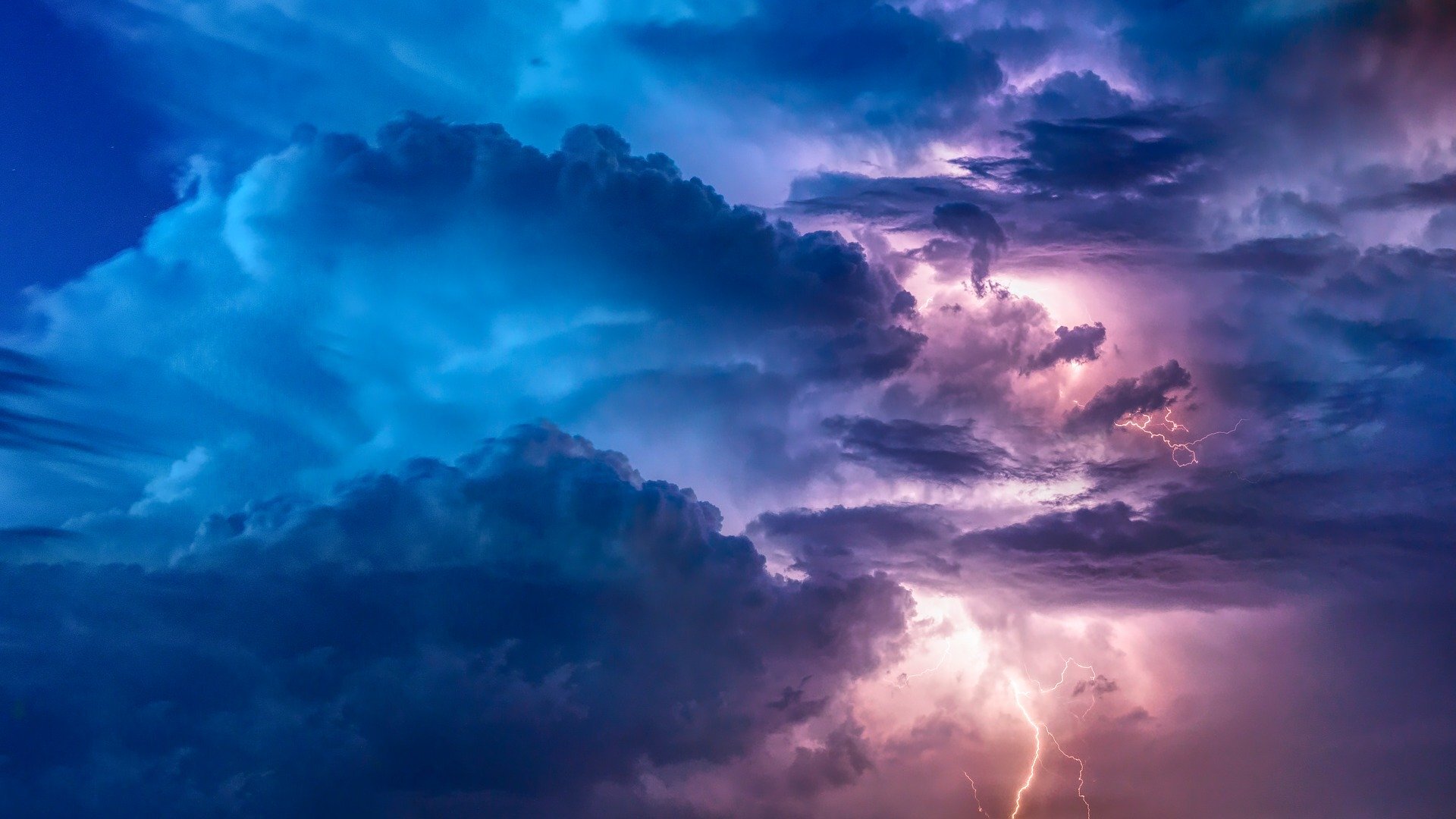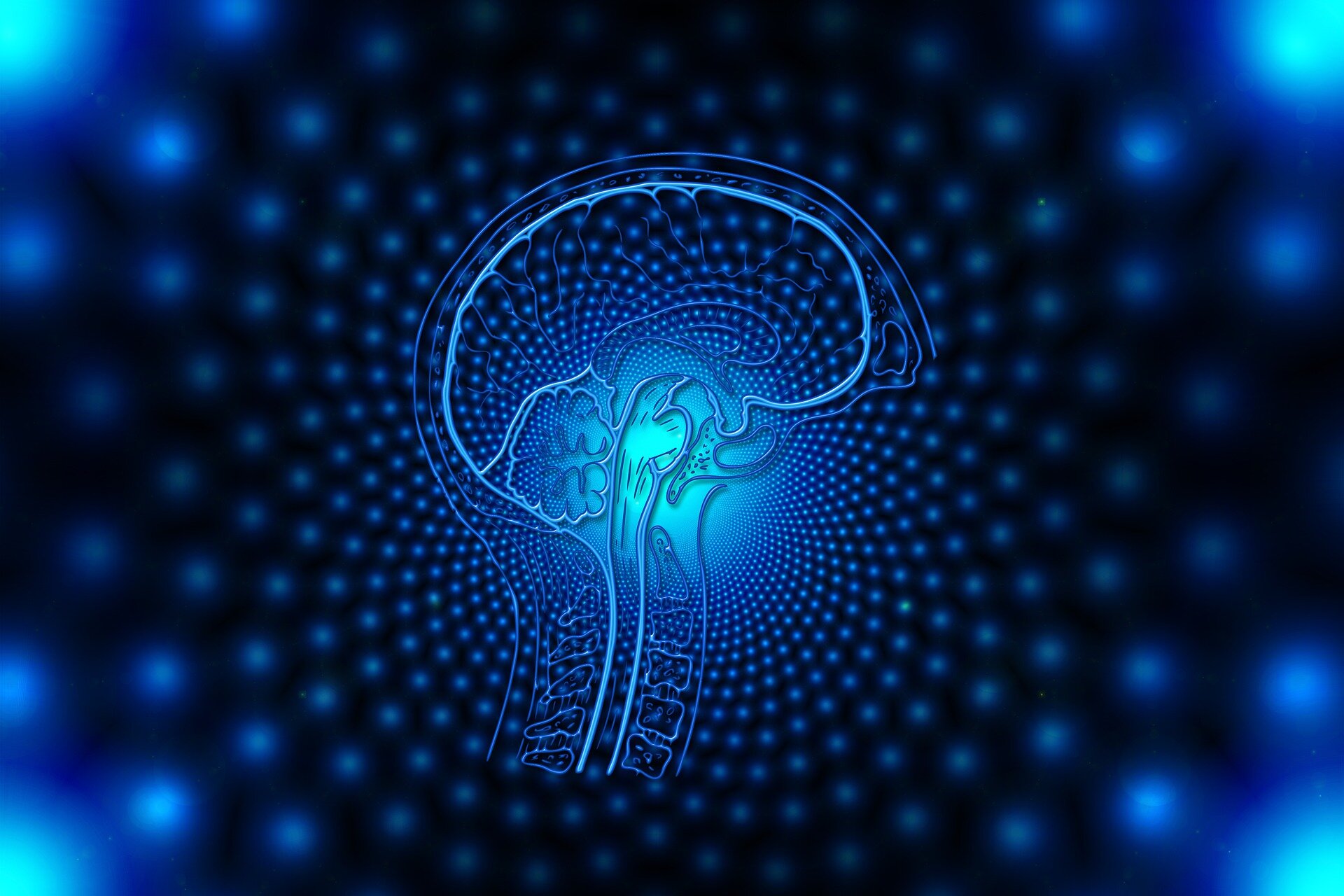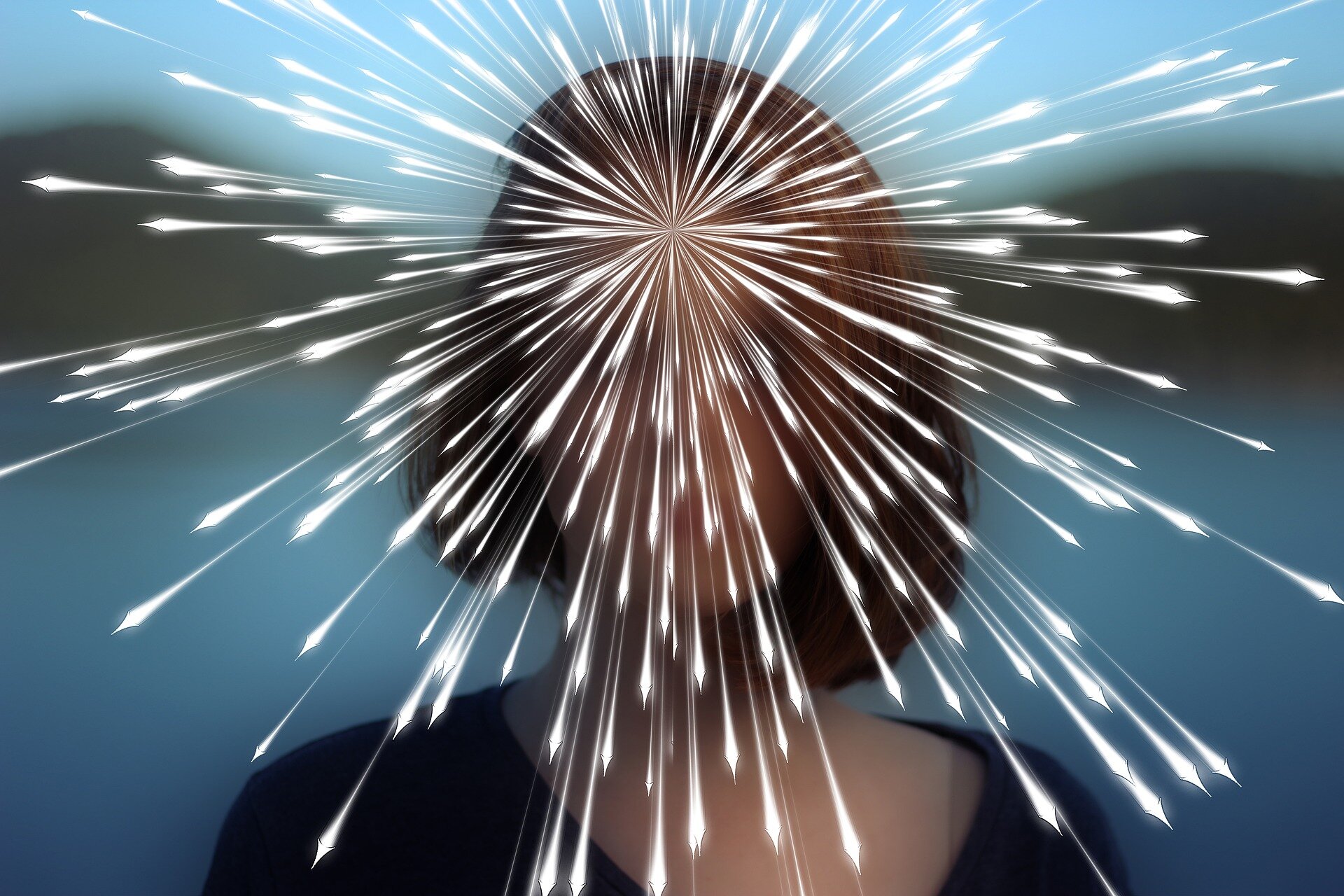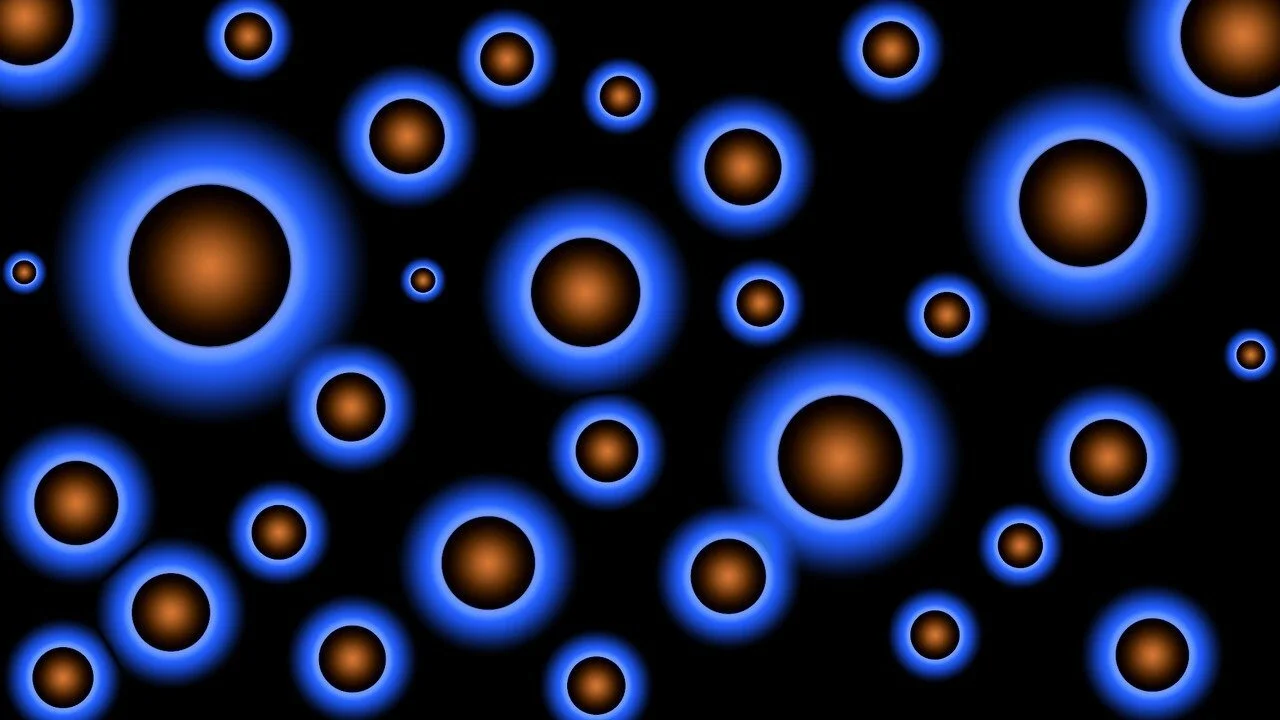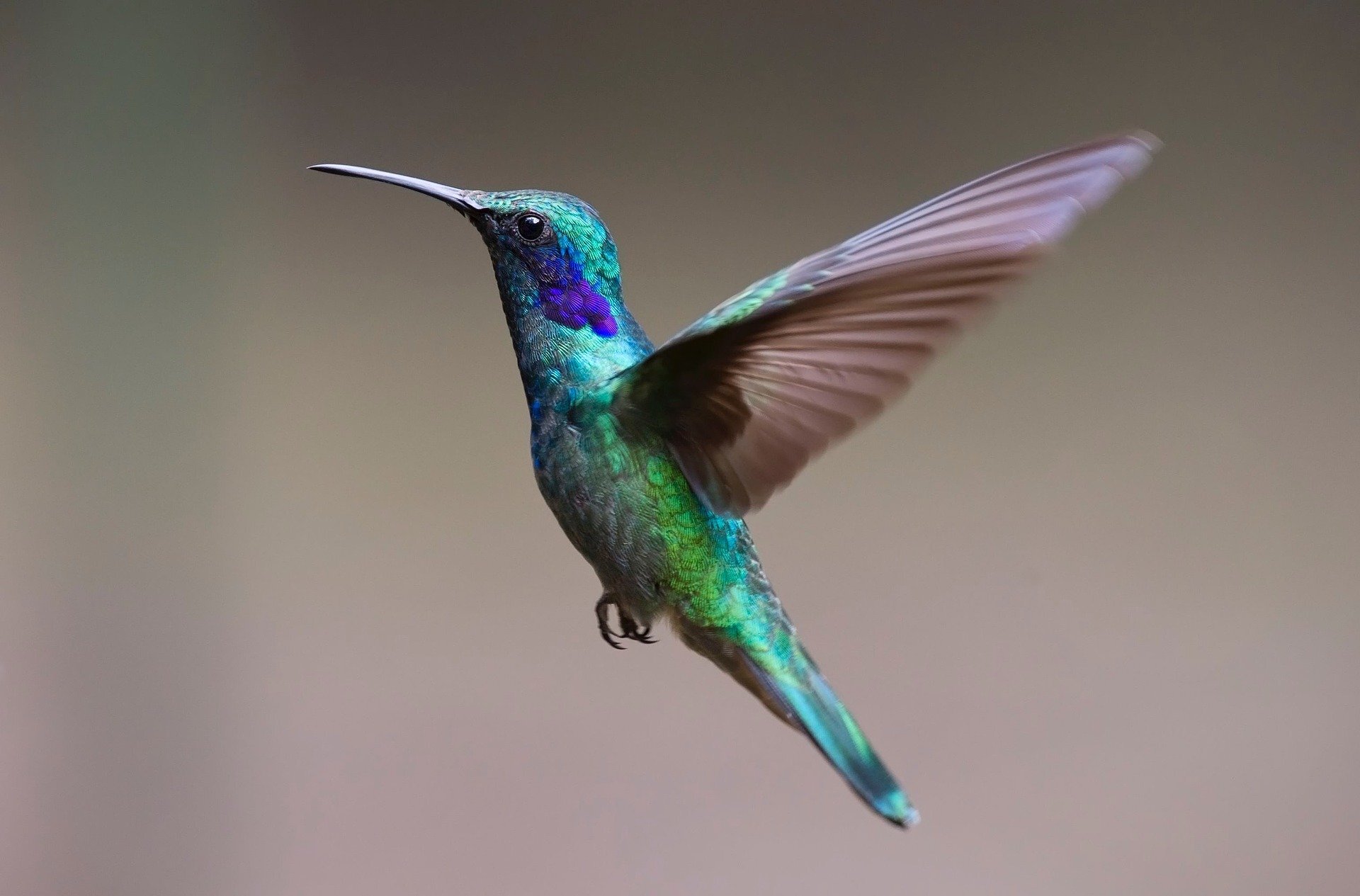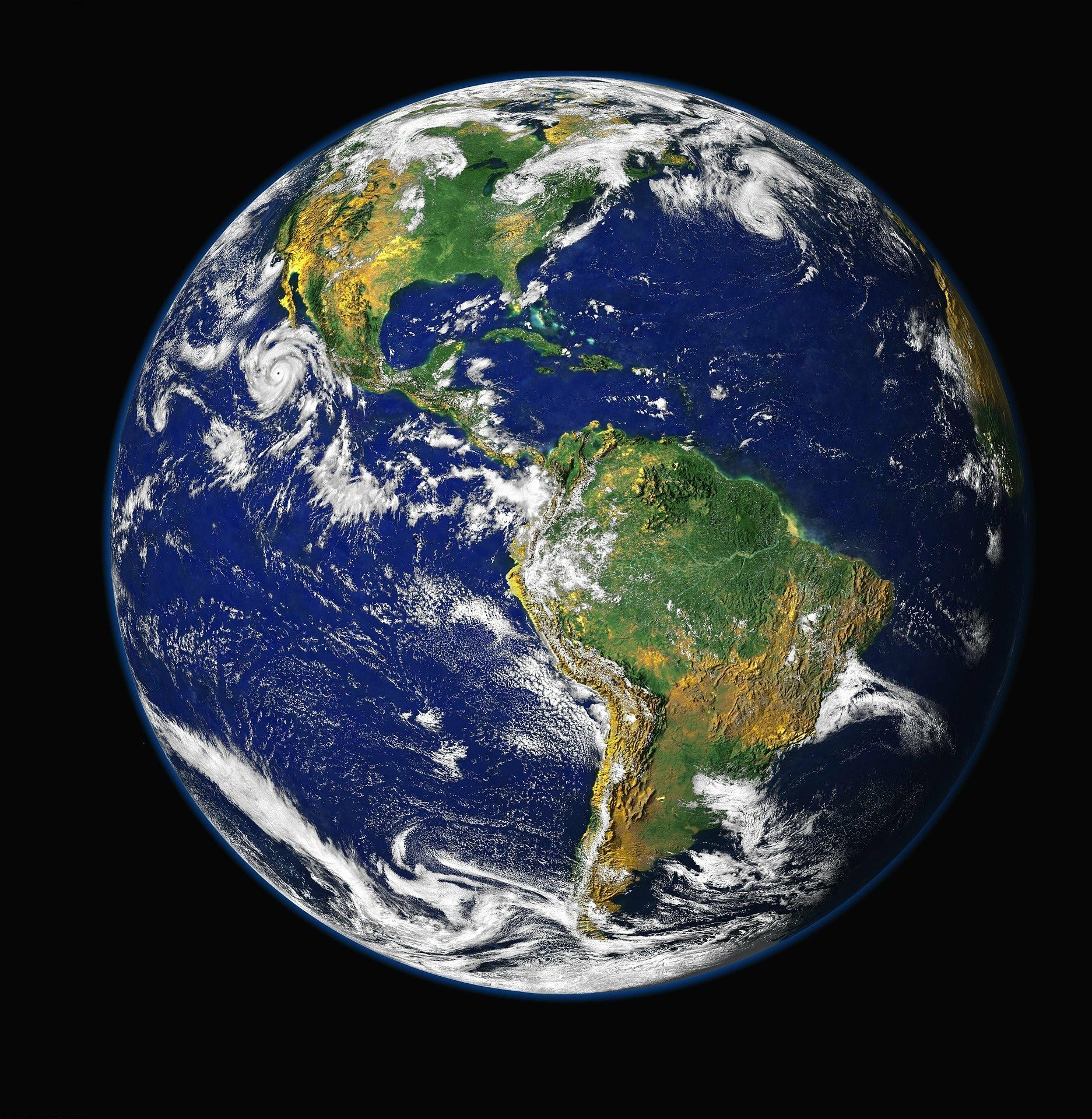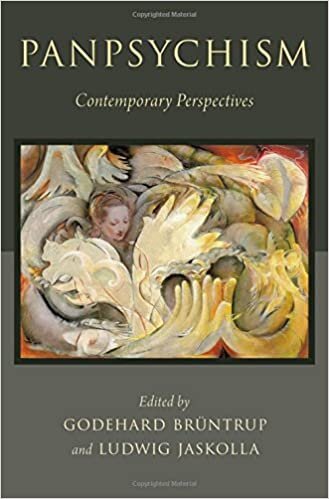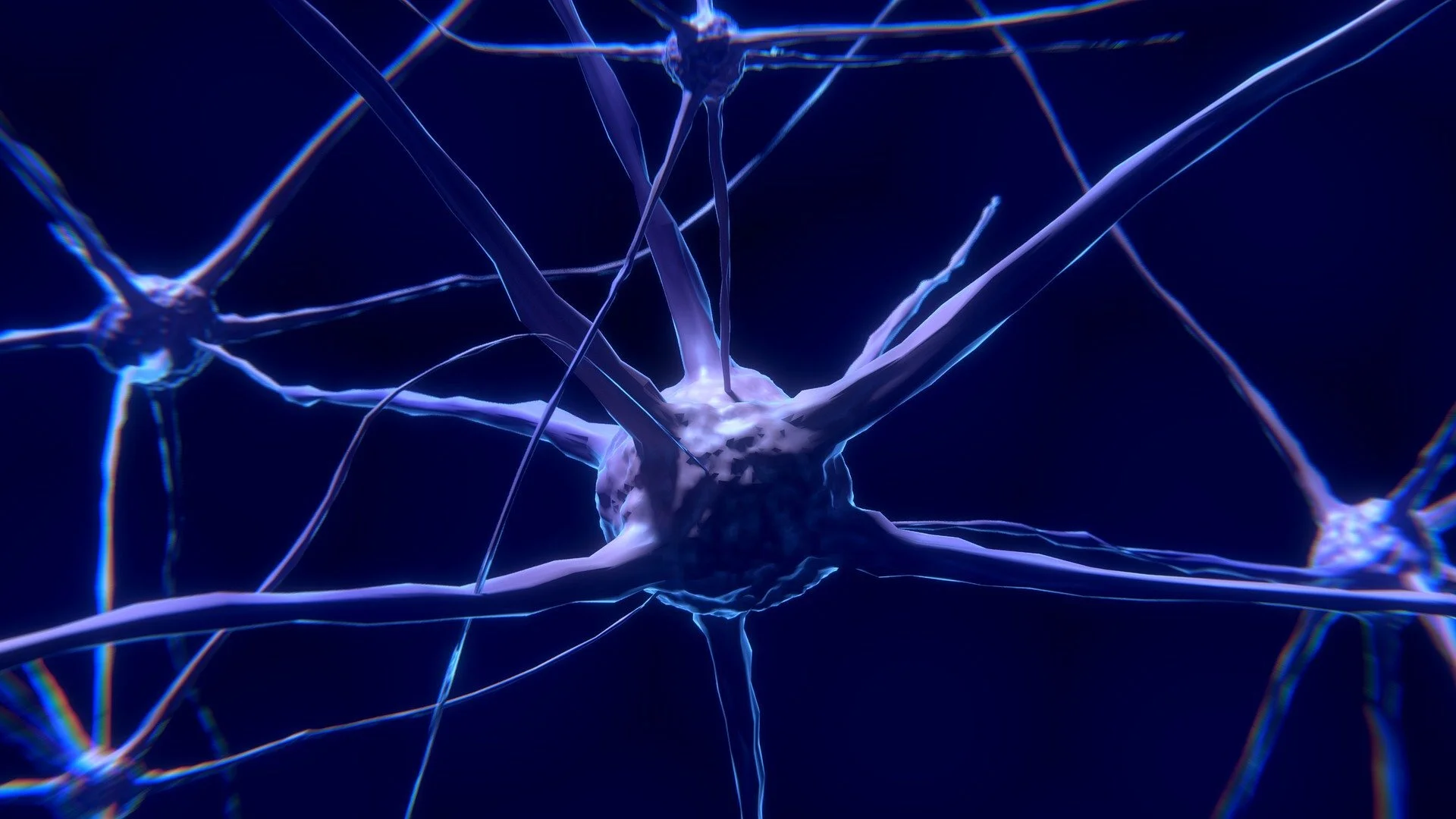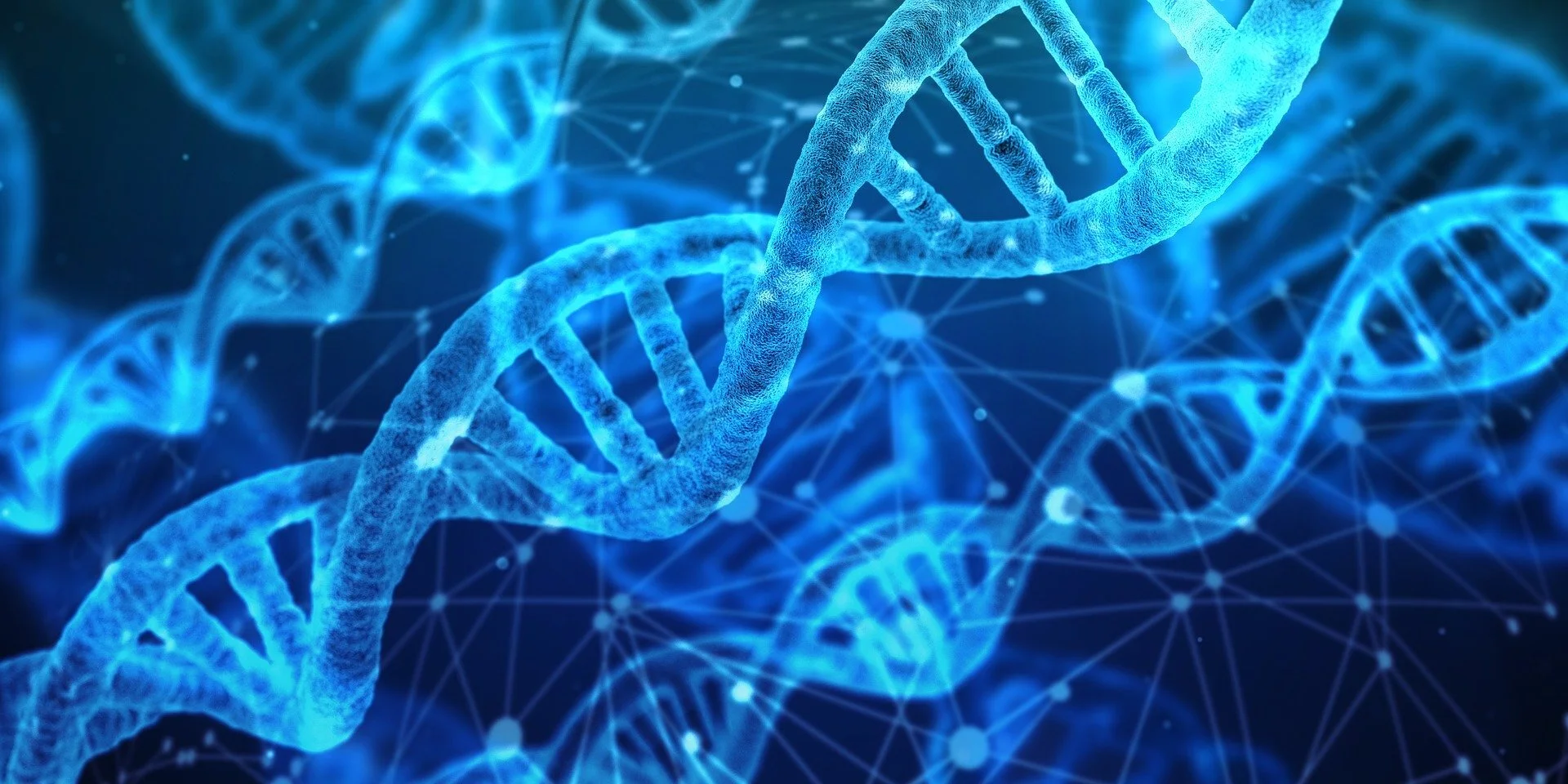Does Strong Emergence Require Panpsychism?
I am finding myself drawn more and more to strong emergence, both in terms of the holism it implies in fields such as biology, ecology, neuroscience, psychology, and sociology, and in terms of its explanatory power as a middle ground between the spookiness and metaphysical heaviness of Cartesian dualism and equally problematic reductive physicalism in philosophy of mind.
Although the distinction between weak and strong emergence has been spelled out and defined in various ways, I think of the distinction between weak and strong emergence as being a matter of emergent behaviors versus emergent properties. Fluid dynamics and weather systems are two examples of weak emergence as complex behaviors of aggregates of smaller components. There is nothing qualitatively novel or distinct or mysterious about the motion of collections of water molecules or particles in the atmosphere. The complex behaviors of fluids and weather patterns are merely a result of the complex interactions of a large number of smaller components (water molecules, oxygen and nitrogen atoms, pollutants in the atmosphere, pressure and temperature changes, and so on).
(Examples of Weak Emergence: Fluid Dynamics and Weather Systems)
In contrast, some physical systems seem to produce new properties that are qualitatively distinct (or so it seems) from the properties of their constituent components. For example, the human brain (and presumably the brains of other life forms as well) seems to give rise to new and qualitatively distinct properties such as consciousness, self-awareness, intentionality, emotions, first-person subjectivity, and so on. A human brain, when taken as a complex whole, has a distinct property that its components (individual brain cells, neurons, the atoms that make up those neurons, etc.) don’t have: namely, consciousness. Described in these terms, strong emergence is a form of property dualism in which a single complex physical system, a brain, has not only basic physical properties (e.g., dimension, mass, width, electrical impulses, etc.) but also a qualitatively distinct kind of property, even if the higher-level emergent properties supervene on (i.e., are determined by) the lower-level activities of the brain.
(The way in which consciousness arises from the activities of the brain is the most commonly cited example of strong emergence.)
From a purely naturalistic standpoint, given what we already know about the history and origin of our universe, consciousness did not always exist. Shortly after the Big Bang, for example, when the universe was merely a hot, dense sea of hydrogen and helium, there was no consciousness. And yet, however the contingent laws of nature came to be in this particular universe, the potential for consciousness has existed from the very beginning. No matter what cosmic, geological, or evolutionary processes were necessary for complex structures like the human brain to come into existence, the potential for those particular structures to produce consciousness was there from the very beginning just waiting to be instantiated by an actual brain. In other words, the potential for consciousness is written into the fundamental laws of nature, into what I have elsewhere called “laws of emergence,” and into the sphere of possible effects of matter arranged in interesting ways, whether or not there are any actual brains.
Think, for example, of what the universe would be like if every conscious creature alive right now were to die simultaneously. The universe would still have the potential for consciousness even with all consciousness life forms having died. After all, conscious life forms might evolve once again, whether on our own planet or elsewhere in the universe on some distant Earth-like proto-planet. Even if there were no conscious lifeforms whatsoever, our continent physical universe would still have the ability to give rise to consciousness when its fundamental physical components become arranged and are working together in the right way.
We don’t ordinarily think of seemingly lifeless matter in the universe as having this immense creative potential, with the ability to give rise to consciousness once arranged, coalesced, and evolved in the right way. Yet, this is precisely what has happened in our own universe. Our universe began as a lifeless, unconscious universe. Over time, however, as the universe became more complex, and as the operations of both weak and strong emergence gave rise to the origin of life and its evolutionary processes, the end result has been the existence of consciousness as an emergent property of our brains. And while that is unquestionably an instance of novelty in the universe if there ever was one, it seems to me that the omnipresent potential for consciousness in our universe is sometimes overlooked. We treat matter at its fundamental levels as dead and lifeless, and we treat the fundamental forces in the same way as lifeless, unconscious entities and forces. This interpretation of the nature of matter, however, seems to me to be mistaken, as it ignores the creative potential for matter and energy to give rise to new and qualitatively distinct properties such as consciousness with its myriad complex effects and byproducts (e.g., art, culture, communication, etc.).
The question I have today is how we might go about build a coherent picture of the nature of matter in light of this eternal potential for emergent consciousness and in light of this seemingly boundless creative potential when matter and energy are arranged in complex ways. Does the creative potential for matter and energy in the universe push us back toward some sort of vitalism even at the most fundamental levels of physics—at the level of the smallest particles of matter? Or should we interpret even the smallest particles of matter as having the properties of consciousness (or perhaps photo-consciousness, whatever that might mean), some form of panpsychism, thereby eliminating the problem of how seemingly lifeless, unconsciousness particles of matter have the potential to give rise to consciousness when arranged and functioning in the right way?
(Does strong emergence require a type of panpsychism in which the most fundamental particles of matter have the properties of consciousness—or at least proto-consciousness?)
I haven’t, until now, considered the possibility that strong emergence implies a type of panpsychism. And yet, it seems to me that unless we radically reinterpret the nature of matter itself, reconceptualizing fundamental particles of matter not merely as individual, dead, lifeless, unconscious particles but as richly and deeply imbued with the potential for the creation (instantiation? generation? emergence) of qualitatively new entities and properties, we will forever be unable to explain how lifeless, unconscious matter gives rise to consciousness in the context of the human brain, or in any other physical system for that matter, from alien life to artificial intelligence. (See my previous post: Can Laws of Emergence Settle the Question of Whether Artificial Intelligence Is Possible?)
Panpsychism seems like an elegant solution to a sticky problem of strong emergence as a form of property dualism: if matter at the most fundamental level has consciousness or proto-consciousness, then it would be unsurprising that complex arrangements of matter in a human brain give rise to the same type of property, consciousness, thus eliminating some of the mysteriousness of emergent consciousness. Is this, however, too radically different of a conception of matter for the dyed-in-the-wool naturalist, reductionist particle physicist to accept?
One could argue that there is no empirical evidence whatsoever for the claim that matter is conscious (or proto-conscious) at the most fundamental level. What evidence could there possibly be for thinking that an individual proton, neutron, or electron is conscious, or even proto-conscious? From the physicist’s perspective, in a narrow sense, there is no evidence whatsoever for this seemingly outlandish claim about fundamental particles of matter. And the claim becomes even wilder when you start talking about even lower levels of physical description such as quarks, superstrings, etc. Again, what possible reason could there be for thinking that those minuscule bits of matter are either conscious or proto-conscious?
One could reply that this way of framing the question, as being about individual tiny bits of matter fundamentally lacking in any of the properties of consciousness or proto-consciousness, is already dripping with reductionistic assumptions, that it views the universe an interesting, complex even, arrangement of a vast number of fundamental particles and instances of the fundamental forces, but as a dead and lifeless universe in total nonetheless. The strong emergentist (or the biolologst, or the psychologist, or the sociologist) would also reply that this ignores the prima facie evidence of the true nature of the physical world as teeming with life, teeming with consciousness, and teeming with intentionality. To students and practitioners of the higher-level sciences, the universe is not merely an empty container with interesting arrangements and operations of fundamental particles, but it is full of life, complete with all of the supposedly higher-level properties that complex life forms are claimed to have, and which our own Cartesian intuition and our empirical investigation into the behavior and consciousness of animals life everywhere on Earth seem to verify.
(To the biologist and the ecologist, the physical world is not lifeless or unconscious as it is for the particle physicist and the reductionist. The physical world is teeming with life and its many properties, including consciousness.)
This is why it is so important to treat emergence as a type of holism (See my previous post: Strong Emergence Is Holism, Not Magic) in which the starting point for our ontology and our investigation about the nature and potential of matter in particular, and about the physical universe in general, is to take consciousness, intentionality, self-awareness, intentionality, emotions, and so on, at face value as ontologically real and not illusory or mere epiphenomena, not as some mysterious quasi-mystical byproduct of dead, lifeless fundamental particles of matter. But it seems plausible to me, as I write this, that the only way to give a consistent account of the physical universe from holism as a starting point (i.e., taking organisms and their properties, including consciousness, as fundamental instead of merely taking minuscule particles of matter and the forces that bind them as fundamental) is to treat consciousness as fundamental to physical reality in general. And what better definition of panpsychism could there be than that?
It’s very difficult for many of us to conceive of tiny bits of matter as anything other than dead and lifeless husks. And yet, we seem to lose nothing in thinking of matter and physical reality in this richer panpsychist way. Laws of nature governing interactions between particles would still hold true. In other words, reconceptualizing the nature of matter in this way wouldn’t violate any known laws of physics. Yet we would gain so much philosophically and scientifically by doing so. We would eliminate the conceptual mysteriousness of how consciousness arise from biological structures made of these supposedly dead, lifeless particles of matter. And we would harmonize our microscopic picture of reality with our macroscopic, everyday picture of reality, and with the picture of reality held by biologists, ecologists, psychologists, sociologists, and cultural anthropologists everywhere.
Sometimes even in discussions of strong emergence and top-down causation, top-down causal influences exerted by the actions and choices of conscious beings on the components that make up their bodies and brains, is still treated as a matter of exerting a causal influence on dead, lifeless particles of matter. Again, it now occurs to me that this might be a conceptual mistake in the strong emergentist’s account of top-down causation. If fundamentally conscious or proto-conscious particles of matter give rise to fully conscious human brains, why then should we suppose that top-down causation is anything less than a conscious entity exerting a causal influence on its similarly conscious or proto-conscious constituent components?—keeping in mind, of course, the Cartesian principle that causal interaction between two entities can occur only when the cause and the effect share some property in common, namely consciousness in this case.
It’s not easy to tell whether pushing strong emergence in the direction of panpsychism helps or hurts the case for strong emergence when confronted with the reductionism of contemporary physics. On the one hand, it has the potential to solve the problem of how consciousness arises by treating consciousness as fundamental to all of physical reality. But if the physicist or reductionist is already skeptical of strong emergence as overly spooky or mystical, a strange case of creation ex nihilo or something arising from nothing, why then would interpreting consciousness as being present even in the smallest particles of matter be any less spooky or mystical?
(Does a holistic look at the ecology of life on Earth, and its many biological organisms, like the tiger shown here, make it plausible that consciousness is essential to all of physical reality, as panpsychists claim?)
It seems to me that this move toward panpsychism alone won’t be enough to convince a dyed-in-the-wool reductionist. I do think, however, that an open-minded investigation into the higher-level sciences on the part of physicists might get the job done. A deep dive into the complexity, behaviors, neuroscience, consciousness, and sociology of other life forms on Earth, not just humans, could make the strong emergentists’s starting points of holism and ontological realism in relation to higher-level entities and properties, including consciousness, much more plausible that they seem while starting at the lowest level of physics when building a picture of our physical universe in general. The strong emergentist and the higher-level biologist, ecologist, psychologist, sociologist, and/or cultural anthropologist alike would claim that the entities and properties they study, again including the property consciousness, have every bit as much of a claim to being a fundamental part of reality as anything the physicist alone studies.
I don’t yet have much to say about what panpsychism, as a consequence of strong emergence, really looks like, much less what it looks like to the physicist begging for some empirically testable consequences of such a seemingly wildly implausible and quasi-mystical reconceptualization of the theory of matter. But if we ourselves are willing to accept the reality of our own consciousness, as philosophers have done through the ages from Plato to Descartes and right up into present-day psychology and philosophy of mind, why then should we have any trouble viewing our physical reality as composed of particles that share the same qualities, especially given the contemporary naturalistic view that we simply are byproducts of entirely naturalistic processes, from the Big Bang to the formation of stars and galaxies and our own planet, to the origin and evolution of life, and to the dawn of humanity and human evolution. As a panpsychist might say, if we ourselves are conscious, then the entire universe must be as well.
Additional Resources on Panpsychism:
Panpsychism: Contemporary Perspectives by Godehard Bruntrup and Ludwig Jaskolla
Consciousness and Its Place in Nature: Why Physicalism Entails Panpsychism by Galen Strawson




